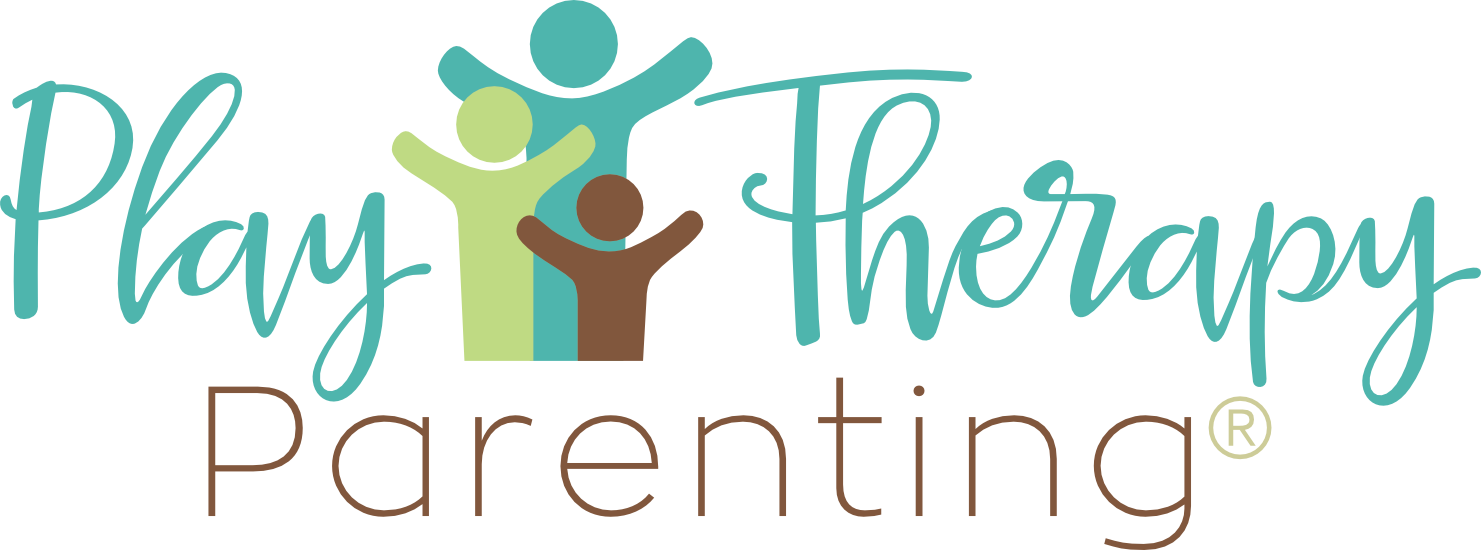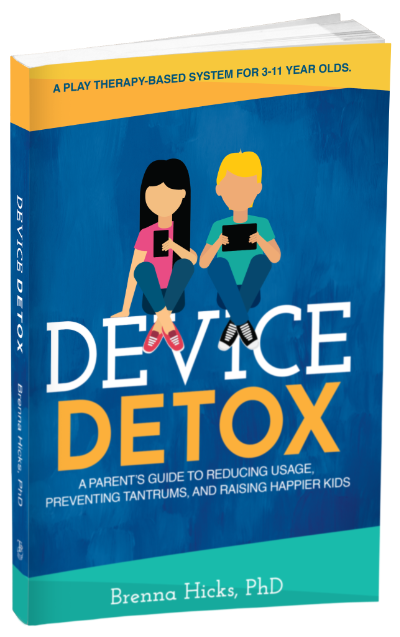S3E11 – Parent Companion for Play Therapy: Seeing Behavior as Communication
In this episode of the Parent Companion for Play Therapy series, I talk about how we interpret our children’s behavior — and why it’s so important to see behavior as communication. I share a simple but powerful reminder from the phrase that comes from Child-Parent Relationship Therapy (Landreth, Bratton, 2016) “focus on the doughnut, not the hole.” When we fixate on what’s missing or what frustrates us about our kids, we lose sight of the good that’s right in front of us.
I explain how behavior is often a child’s way of showing pain, confusion, or vulnerability, and how shifting our perspective changes everything about how we respond. I also discuss the idea of the self-fulfilling prophecy — that children often become what adults expect of them. When we see them as capable and good, they rise to meet that belief. This episode helps parents understand what it truly means to focus on the whole child, to see behavior differently, and to strengthen the relationship that drives growth and change.
Ask Me Questions: Call (813) 812-5525, or email: [email protected]
My Book: Device Detox: A Parent’s Guide To Reducing Usage, Preventing Tantrums, And Raising Happier Kids – https://a.co/d/bThnKH9
Podcast HQ: https://www.playtherapyparenting.com/
My Newsletter Signup: https://www.playtherapyparenting.com/newsletter/
My Podcast Partner, Gabb Wireless: https://www.playtherapyparenting.com/gabb/
Parent Companion for Play Therapy: Seeing Behavior as Communication
In this Parent Companion for Play Therapy post, I want to help you see your child’s behavior in a new way — as communication, not defiance. Whether your child is in play therapy or not, this is one of the most important mindset shifts you can make as a parent.
Focus on the Doughnut, Not the Hole
There’s a saying in play therapy: focus on the doughnut, not the hole. (Bratton, Landreth, et al, 2006) It’s a simple reminder that we can choose to see what’s good and whole about our children instead of what’s missing or frustrating.
It’s easy to get caught up in wishing our children were “less this” or “more that.” But when we focus on the holes — the flaws, the misbehavior, the challenges — we stop seeing the gift that’s right in front of us. Focusing on the doughnut means choosing to see the good, the potential, and the progress.
Behavior Is Communication
Every behavior has meaning. When your child acts out, it’s not random — it’s their way of showing you what they’re feeling or struggling to handle.
Children aren’t rational or verbal the way adults are. They can’t sit down and say, “Mom, I’m feeling overwhelmed and scared right now.” So instead, they act. They cry, yell, argue, or withdraw. That’s how they communicate what’s happening inside.
When you see behavior through this lens, it changes everything. Frustration turns into curiosity. Instead of reacting, you start asking, “What are they trying to show me?”
The Self-Fulfilling Prophecy
How we see our children shapes how they see themselves. If we expect misbehavior, they’ll live up to it. If we expect them to be capable, kind, and good, they’ll live into that too.
This is called the self-fulfilling prophecy — children tend to become what the important adults in their lives expect them to be. When we communicate belief in their goodness, it changes their sense of identity and how they behave.
Final Thoughts
When you see behavior as communication, it becomes easier to respond with patience and understanding. Your child isn’t broken, and their behavior isn’t the problem — it’s a signal.
Focus on the doughnut, not the hole. See what’s right before you instead of what’s missing. And remind your child that you not only love them — you genuinely like who they are.

